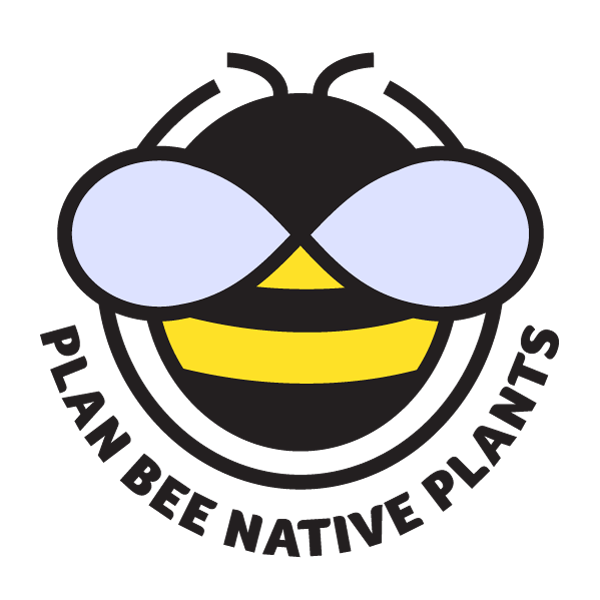What you can do!
Below are some of the best things you can do in your yard. Lawns are complete wastelands to pollinators and wildlife, and often host invasive chafer beetles and get torn up by wildlife. Any of the alternatives below are more beneficial and can be matched with your own needs for the space. Consider reducing your lawn to borders and pathways, and using these alternatives.
| Alternatives | Description | Benefits/Ideal uses |
| Turning your lawn into habitat! | Convert your lawn into a beautiful wildflower meadow full of native species, or even plant more trees, shrubs and other plants to provide natural habitat. This is the most beneficial use of space for pollinators and wildlife by far and can provide year round interest for yourself! | -Attract/support more bees, birds and other pollinators to your yard and support them year round.
-Low water needs once established -Maintenance varies depending on specific plants and pre-existing weeds but can oftentimes be much less than mowing a lawn regularly -Beautiful! |
| Expand your garden area | You don’t have to get rid of your entire lawn – Just expand the area your garden currently takes up and plant it with more (preferably native) plants. | -Can do it on a small or large s
cale (even small changes can make an impact) -More food for pollinators the more garden space, the less you have to mow the more plants, the more biodiversity |
| Micro clover | Micro clover isn’t native, but it is probably the best alternative for areas you’d like to keep open and use. Unlike grass it will provide some low growing flowers and forage material for some generalist pollinators. | -Ideal for areas you want to keep open for recreational use
-Drought tolerant -Low growing, less mowing required -Provides some food resources to pollinators -Resistant to chafer beetles |
| Native groundcovers | For areas with less foot traffic, there are native groundcover options for sun or shade. | -No mowing required
-Drought tolerant -Provide food resources/habitat to pollinators -Resistant to chafer beetles |
| Let your lawn go wild | Although dandelions and other ‘weeds’ are non-native and not the best sources of food for native bees and insects they are still better than just grass. However this can also allow invasive species to move in and become very messy and weedy looking. Has limited value to the environment and becomes detrimental if it just becomes a breeding ground for invasive species. Not a great option overall | -Less mowing
-Provides some but/ limited resources to pollinators -Drought tolerant -Low effort |
Design Considerations for Pollinators-
Ensure bloom succession
Try to plan out your garden so you have something blooming throughout as much of the year as possible. Focus especially on early spring and fall when resources are scarce. Bees can become active as early as February if conditions are right, and when they do they need access to resources throughout the entire season until they go dormant for the next winter.
Provide nesting and overwintering habitat
Try to keep some areas with bare soil for nesting space for bees and other insects to use. Bees will not use areas that have been mulched. Along with this, try not to disturb the soil too much in these areas to reduce the chance of killing any nesting bees and other beneficial insect larvae nesting.
Leave leaf piles and dead plant stems over winter as nesting materials. These will also break down and make your soil healthier since it recycles those nutrients back into the soil each year.
Plant in groups
Plant in groups of at least 3 or more of each species. Groups Are much more appealing to pollinators since it allows them to gather more resources from a smaller area and use less energy doing so. Single plants often don’t attract much because it’s not worth the time/energy for a bee to stop compared to areas with more dense plantings.
Plant a diversity of native food and host plants
Plant a nice mixture of mainly native food plants (plants with lots of nectar/pollen) and host plants (for caterpillars) in your garden/yard. This is your best bet at providing habitat for a wide range of species. If you coordinate your plantings with nearby natural areas, your yard can serve as an extension of local ecosystems and a corridor or stepping stone between larger patches of habitat.

